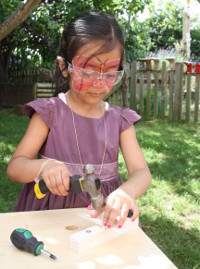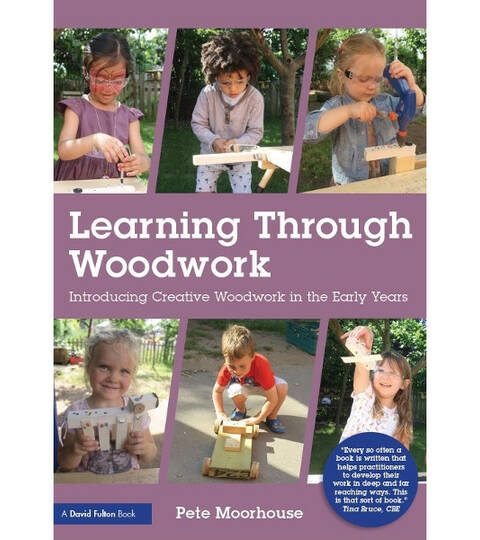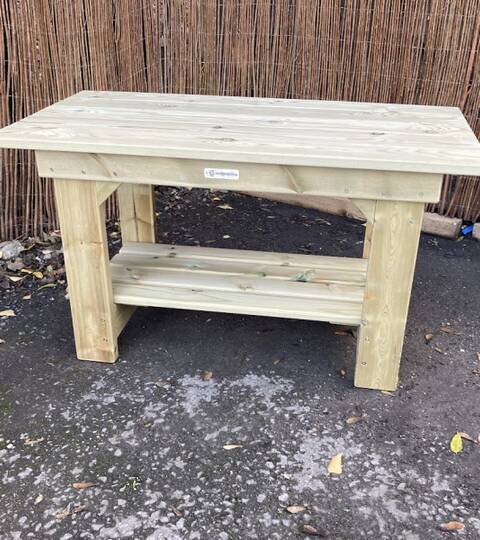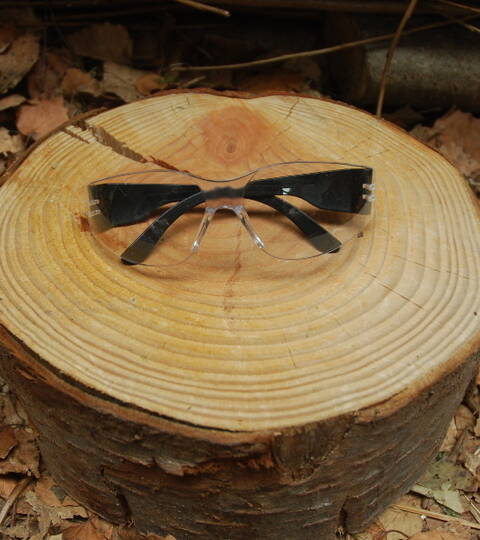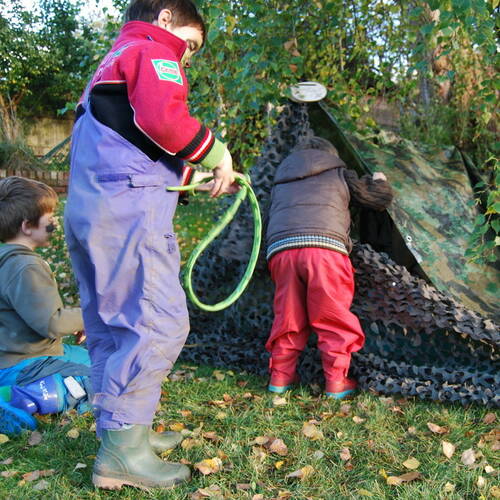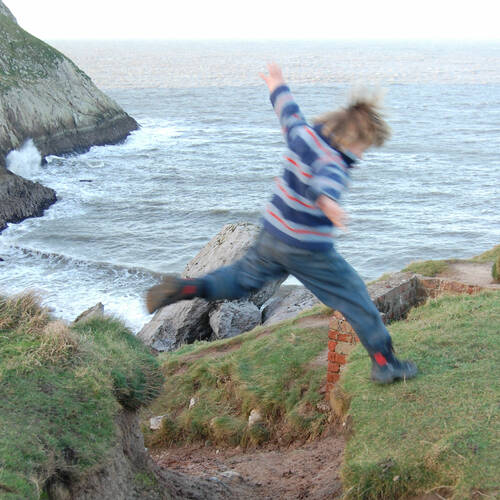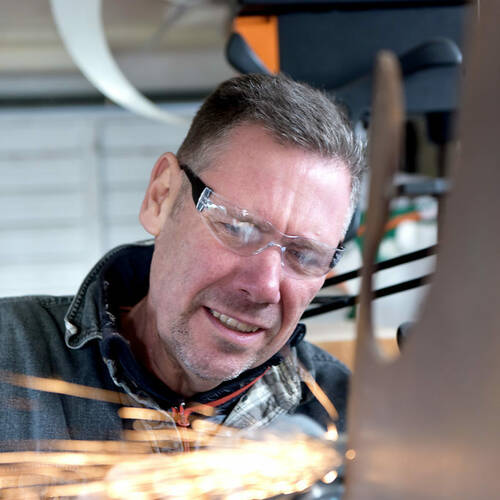
Introduction from Pete Moorhouse
Pete Moorhouse is the UK’s leading authority on woodworking in Early Years education and has written several books and journal articles.
In this introduction to our Woodworking & Tools section Pete tells us about the benefits of woodwork in the Early Years and shares some very useful resources.
Read More about Introduction from Pete Moorhouse